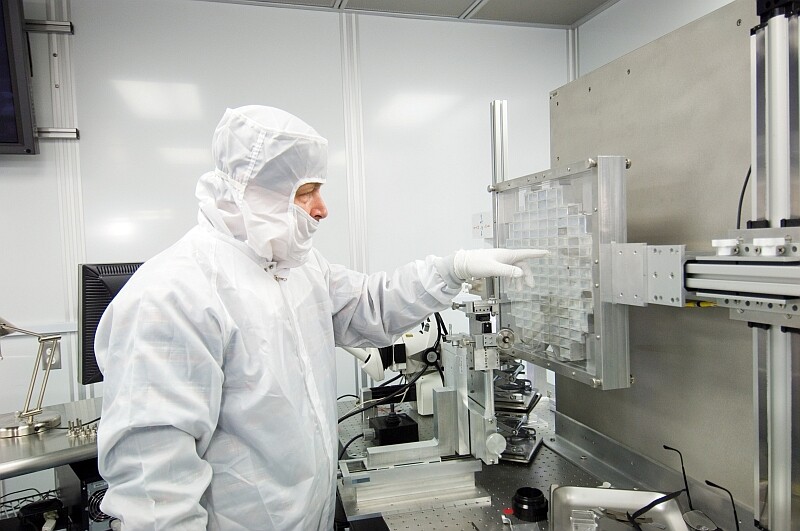Good things come in microscopic packages – at least, so says NASA. According to the space agency, our first ambassadors from interstellar space may be seven particles measuring only about two microns, that were returned to Earth by the unmanned Stardust probe in 2006. They could provide new insights into the origin and evolution of interstellar dust.
The Stardust probe was launched from Cape Canaveral atop a Delta II rocket in 1999, on a mission to fly by the comet Wild 2 and collect samples of its tail using a special collector panel made from aerogel and aluminum foil. As the craft flew by its target, the front of the collector scooped up samples of the particles emitted by the comet in its tail, while the exposed rear of the panel collected interstellar particles that traveled faster than Stardust’s trajectory.
Stardust returned to Earth on January 15, 2006. It ejected its return capsule, which re-entered the atmosphere at a speed greater than that of any previous manmade object, before landing in the desert at the Utah Test and Training Range, 80 miles (128 km) west of Salt Lake City. The Sample Return Canister was then sent to a facility at the Johnson Space Center in Houston, Texas for storage and analysis.

Because of the size of the collector panel and the microscopic size of any particles captured, the NASA team decided to farm out some of the work as part of a "citizen-science" project through the University of California, Berkeley. After making one million scans of the translucent aerogel collector cells taken at various depths, NASA posted these online, where volunteers called "Dusters" looked for signs of particle impacts. In all, this resulted in the discovery of the seven possible interstellar particles, plus 29 others that had been knocked out of the spacecraft itself.
NASA believes that the particles were created millions of years ago in supernovae explosions and subsequently altered by their long journey through space. The space agency says that the particles have a more diverse chemical composition than expected, and that the larger ones have a "fluffy" structure like that of a snowflake. One of the seven particles was traveling so fast relative to Stardust that it vaporized on impact with the collector.

Despite the dramatic nature of this find, NASA is remaining cautious about the discovery until confirmation is established. In part, this is due to the fact that sulfur has been found in some of the particles, which some scientists believe should not have been present. Currently, two particles, Orion and Hylabrook, are slated for further testing to measure their oxygen isotopes.
The results of the NASA team's research were published in Science.
Source: NASA










